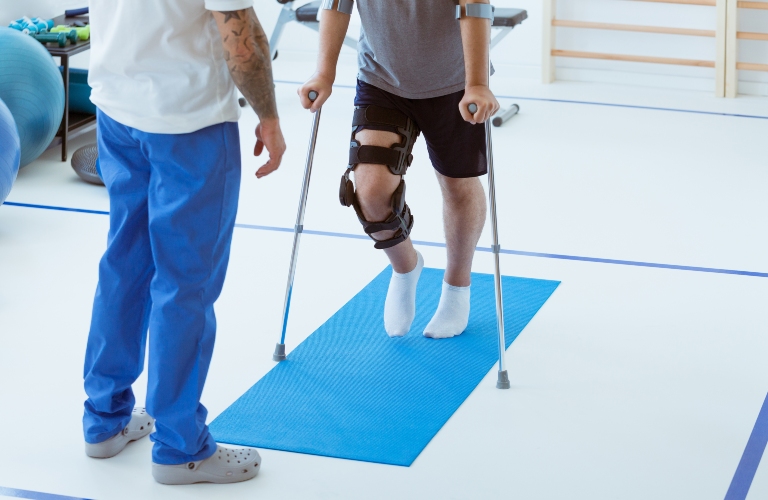
Not every injury in the military happens in combat. It is not uncommon for injuries to happen during military training. Whether it’s from a fall during a joint injury from ruck march or a head injury during a training exercise, these things can happen, and even come with long-lasting effects. A commonly asked question about VA Disability benefits is whether training injuries can qualify for benefits. And the good news is: yes, they can. You absolutely can receive compensation if you were hurt during a training accident and that injury still affects your life today. In this blog, we will break down what that means and how the process works.
Training Injuries are Recognized by the VA
The VA doesn’t just cover combat injuries. If you were injured during your time in service, even if it was on base or during a drill, you may have the opportunity to receive benefits. This includes injuries during:
- Physical training
- Weapons or obstacle course qualifications
- Live-fire drills
- Vehicle operations
- Field exercises
- Routine equipment handling
Although these are usually less severe than the injuries sustained from combat, they can still lead to permanent damage. If it helped while you were serving and you are now experiencing long-lasting effects, you may be eligible for benefits.
Read More: Top Reasons The VA Might Deny Your Disability Claim
What the VA Looks For
To qualify, you’ll need to show three things:
- You have a current disability. Something that’s diagnosable and still affects you today.
- The injury happened during your military service. Which means, training counts.
- There’s a link between the two. Also called “service connection,” and can be the hardest part to prove.
The more clearly you can show those three things, the stronger your claim will be.
Common Training-Related Injuries That Qualify
Here are just a few examples of injuries we’ve seen turn into valid VA disability claims:
- Knee or ankle injuries from field training or runs
- Shoulder or back pain from carrying heavy gear
- Traumatic brain injuries (TBI) from falls or equipment accidents
- Hearing loss or tinnitus from repeated exposure to loud weapons fire
- Mental health conditions triggered by high-stress training environments
- Respiratory or chemical exposure issues from training with certain materials or near burn pits
And just because it wasn’t documented right away doesn’t mean it didn’t happen. Many veterans don’t report injuries when they first happen, either because they didn’t seem serious or because they were taught to push through.
What You’ll Need to File

If you’re thinking about applying, here’s what we recommend gathering:
- Medical records showing your current condition
- Service treatment records (if the injury was documented)
- Buddy statements or your own written account (especially if the injury wasn’t documented)
- A medical opinion or nexus letter tying the injury to your current condition
After you gather everything you need, you’ll need to fill out VA Form 21-526EZ to officially file for benefits. This is the standard application for disability compensation. If the VA needs more info to decide your case, they’ll likely schedule a Compensation & Pension (C&P) exam, which is a medical exam to help determine if your condition is service-connected and its severity.
Let Tabak Law Help You Make Your Case
You don’t need to do this alone. At Tabak Law, we work with veterans across the country who’ve suffered injuries during training and beyond. Even if you weren’t in combat, you still deserve benefits for the sacrifices you made.
We understand the complexities of VA claims and will guide you through every step of the process. Our experienced team knows how to build a strong case, collect the right evidence, and effectively present your claim to increase your chances of success.
Contact Tabak Law today for a free consultation, and let us help you get the benefits you’ve earned and rightfully deserve.
